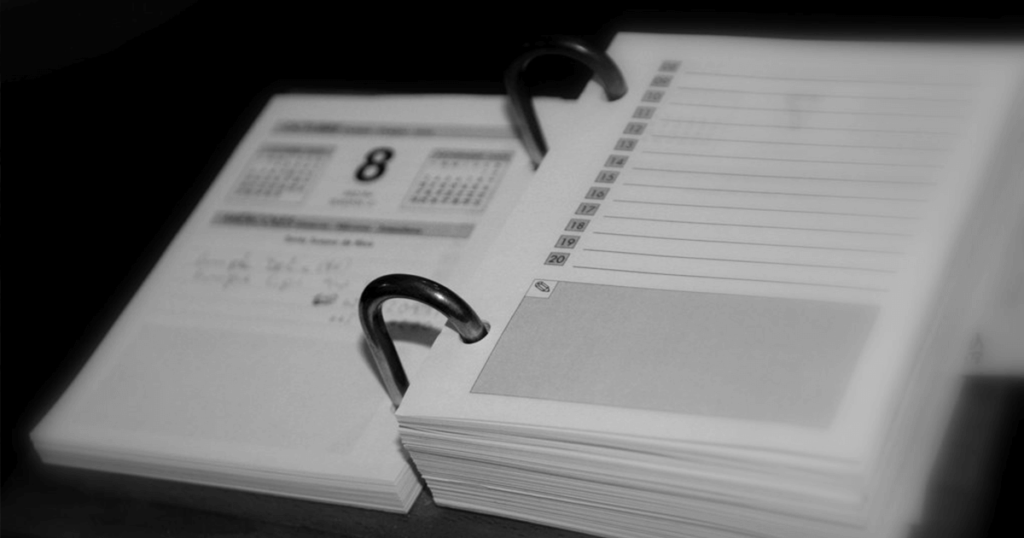
Growing up, I learned that the best time to arrive is five minutes late, but that’s nearly impossible in Spain because late hardly exists. When I tell students the difference between in time and on time, they laugh. For them, arriving at all is what counts, and no matter when you do, you are bound to be in time for something. In any case, there’s always tomorrow.
I raise my brows. “But if it was supposed to be today?”
“But there’s tomorrow.”
More than a justification, it seems to be a philosophy. “Hoy no, mañana,” not today, tomorrow, was a phrase much used by the Spanish comedian José Mota on his TV show some years back. My kids were in grade school then, and on a Sunday afternoon a group of mothers listening to pleas for more play time asked the kids when they planned to do their homework. To the approval of all, someone, either mother or child, was sure to imitate Mota: “Hoy no, mañana.” Everyone was saying it.
But can they really believe it? Common Spanish refrains suggest a different attitude. No dejes para mañana lo que puedas hacer hoy is one, meaning don’t leave for tomorrow what you can do today. This is the same adage I grew up with, only I believe it and try to practice it, even if it means being in a rush, whereas in Spain anything you have to rush to accomplish is better left for later. Sure, wander in on time, but don’t get in a sweat about it.
The saying that best encapsulates the Spanish attitude is strangely enough my favorite saying about time: No por mucho madrugar amanece más temprano, which means getting up early doesn’t make dawn come sooner. I like to get up early anyway, and one spring morning years ago, when I lived in the city center, I was out before daybreak for a walk and I thought how nice it would be to take a loaf of warm bread back for breakfast. It was about 7 A.M. and cool and damp, still dark, but not too early for a bakery to have opened its doors for business. It already would have in my hometown. But I couldn’t find a single one open. Or a café. “Of course not,” I thought, “this is Spain.”
Not many other people were up at that hour, but near the beachfront I saw a group. I wondered what the occasion was to pull them from bed. A little later, I spied lit windows and made my way to them. The place was indeed open, though not a bakery but a churrería, specializing in fried churros to dip in thick hot chocolate, the Spanish equivalent of a doughnut shop. I looked in through the windows.
Some people had just entered, and I recognized the group I’d seen on the beach. I watched them choose their seats, one girl pushing off a short coat and straightening her skirt before sitting and the guy beside her loosening a narrow tie. They looked tired, worn out, and I realized that the clothing that had struck me as oddly formal for a Sunday morning walk on the beach was attire from the previous evening, and this was their final meal of the previous day. Soon they’d call it a night, stand up, and groggily push back their chairs, ready for bed, which they had, in the best of styles, left for mañana.
I didn’t linger at the window. You can’t hurry the sun, but you can’t slow it down either, and things to not leave for tomorrow were already on my list.


